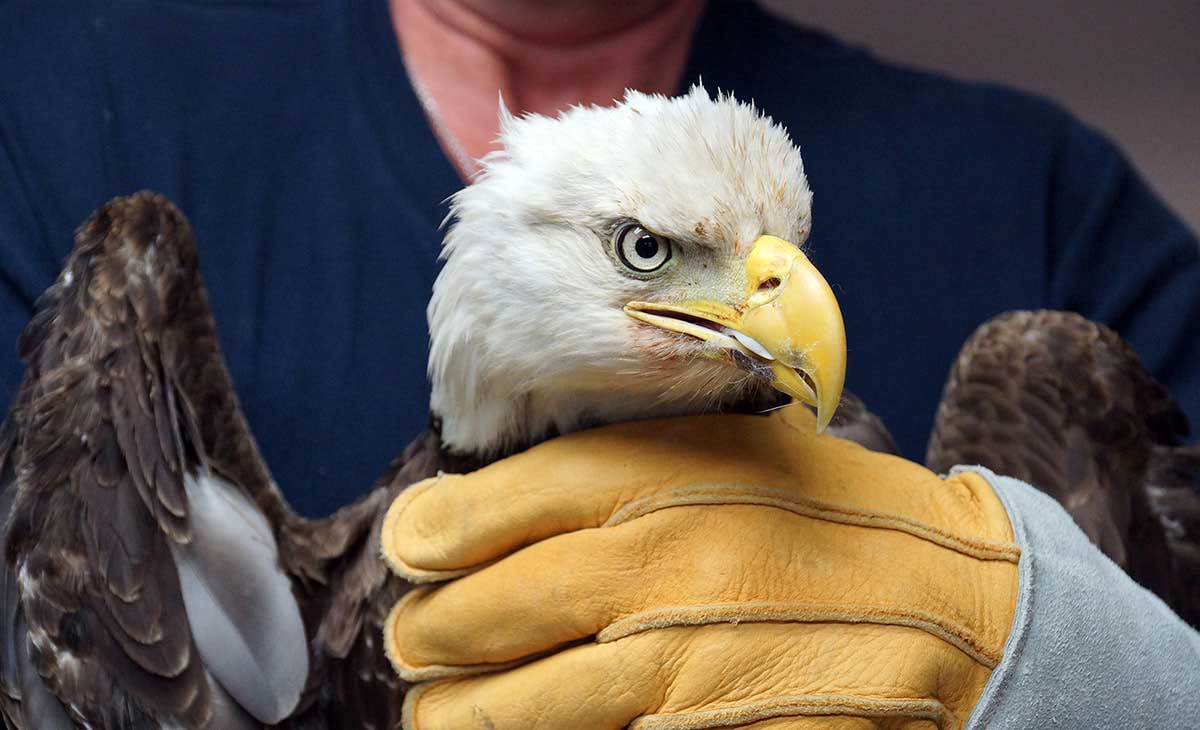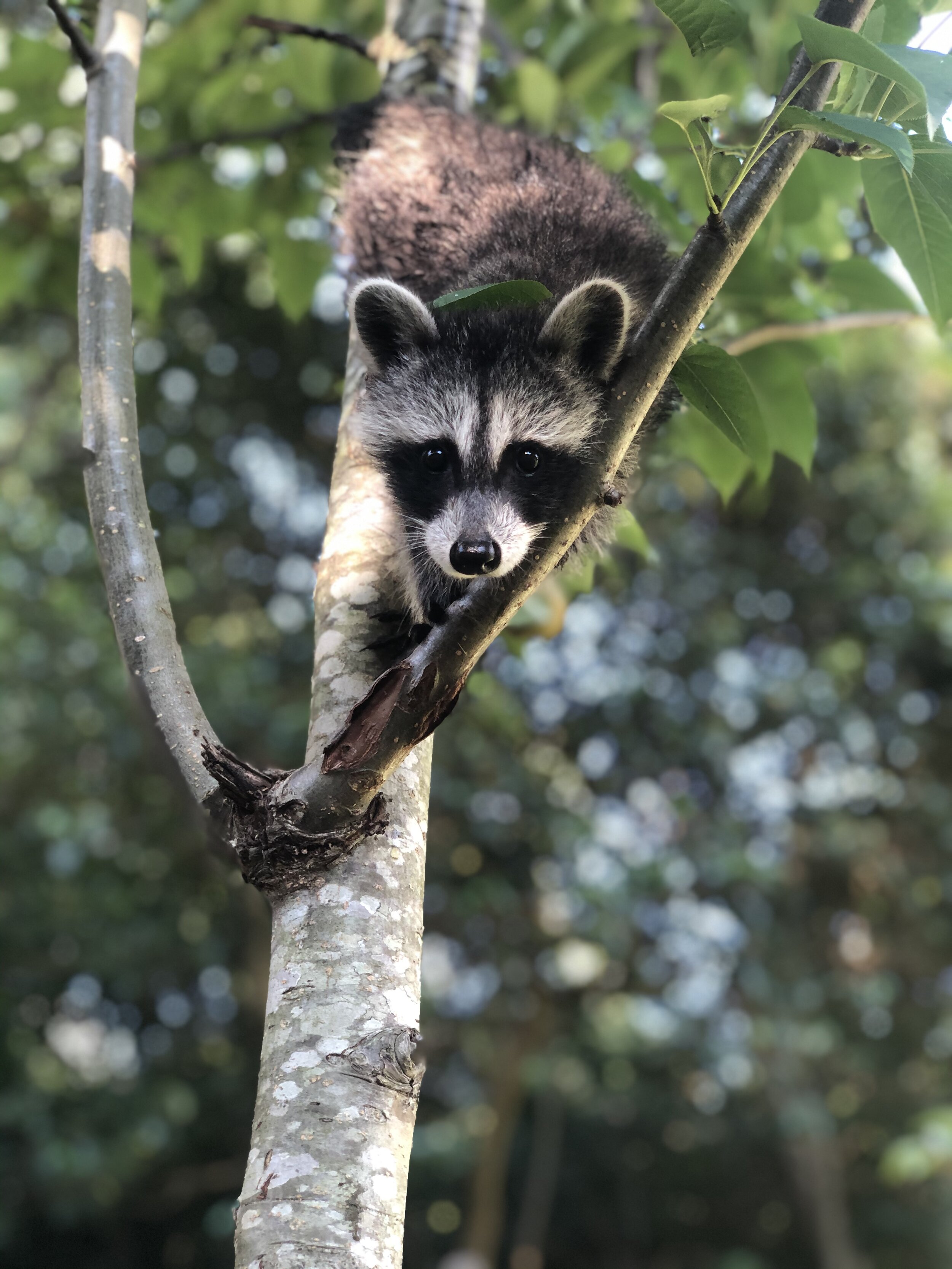How Burlington Wildlife Rescue is Making a Difference in Our Community
Wiki Article
The Duty of Humane Wildlife Removal in Protecting Citizen Ecosystems
Humane wildlife removal is not merely a moral consideration yet a pivotal element in securing local communities. By focusing on non-lethal techniques, it resolves the fragile equilibrium between human development and wildlife habitat preservation. This approach not just alleviates conflicts but additionally makes sure the sustainability of biodiversity. The performance of these techniques warrants further exam, especially in metropolitan setups where human-wildlife interactions are significantly complex. As we consider the effects of our techniques and their impact on environmental consistency, one have to doubt exactly how these methods can be maximized to cultivate an extra cooperative partnership with nature.Understanding Human-Wildlife Problems
Human-wildlife problems commonly develop when the natural environments of animals converge with human activities, bring about competition for sources and area. As urbanization and farming expansion continue to trespass upon wild animals regions, pets such as raccoons, deer, and coyotes find themselves in closer distance to human populations. This proximity can result in destructive influence on both wildlife and human beings, as pets might trigger damage to crops, facilities, and personal home while humans might unintentionally hurt wildlife with habitat devastation and various other anthropogenic pressures.The intricacy of these problems stems from an array of variables. Adjustments in land use, environment change, and the fragmentation of communities commonly force wild animals to adjust to brand-new environments, sometimes leading them into household or commercial areas. Furthermore, the availability of human-generated food sources, such as rubbish and pet food, can draw in wildlife to human settlements, intensifying interactions and prospective problems.
Resolving human-wildlife disputes calls for a nuanced understanding of animal behavior, eco-friendly characteristics, and socio-economic factors to consider. By studying these policymakers, communications and guardians can create methods that intend to alleviate disputes while maintaining biodiversity and preserving eco-friendly equilibrium. The objective is to foster conjunction and reduce unfavorable effect on both human communities and wild animals populations.
Significance of Non-Lethal Techniques
Alleviating human-wildlife disputes necessitates techniques that prioritize the wellness of both pets and human beings. Non-lethal methods of wildlife elimination personify this ethos by providing remedies that prevent harm to wild animals while addressing human issues. These methods include exemption methods, environment modification, and making use of deterrents to inhibit wild animals from going into human atmospheres (wildlife rescue burlington). By utilizing such methods, we can handle wild animals communications without resorting to lethal procedures, thereby preserving animal populaces and lowering ethical worries associated with murder.Non-lethal methods are important in preserving eco-friendly balance. They make certain that varieties remain to satisfy their duties within ecological communities, such as managing parasite populations or pollinating plants. Additionally, these approaches often confirm a lot more effective in the long-term, as getting rid of specific pets can produce a gap that is swiftly loaded by various other members of the species or various types completely. This can cause a cycle of continuous elimination initiatives, whereas non-lethal deterrents deal with the origin of wild animals presence.
Furthermore, non-lethal techniques foster conjunction by educating the public about wildlife actions and motivating harmonious living practices. This recognition can result in extra sustainable human-wildlife communications, inevitably securing both area interests and animal well-being.
Benefits for Biodiversity
When non-lethal wild animals removal approaches are utilized, they contribute significantly to biodiversity preservation. By ensuring the risk-free moving of animals as opposed to their elimination, these techniques keep environmental equilibrium and protect the integrity of ecosystems. Humane approaches decrease interruptions to neighborhood animals, allowing native varieties to grow. This preservation is critical as each varieties plays a distinct function, frequently as pollinators, killers, or victim, which collectively maintain environment performance.
In addition, these approaches promote conjunction in between humans and wildlife, lowering unfavorable interactions and maintaining the rich tapestry of life that characterizes biodiverse areas. This approach urges a deeper understanding and regard for wildlife, cultivating neighborhood assistance for conservation initiatives. Ultimately, gentle wildlife elimination is an more info here important part in protecting biodiversity, ensuring environments remain vivid and practical for future generations.
Approaches for Efficient Removal
Carrying out efficient strategies for humane wild animals removal needs an extensive understanding of pet habits and environment requirements. This knowledge acts as the foundation for establishing strategies that ensure the safe and honest moving of wildlife. One primary approach involves conducting detailed assessments of the afflicted location to recognize the species present and the certain obstacles they pose. This evaluation assists in designing tailored methods that lessen stress and anxiety and harm to the animals.An additional crucial strategy is this article employing exemption techniques, which concentrate on securing access factors to stop animals from going back to frameworks. This technique not only deals with the immediate issue yet additionally functions as a long-lasting option, minimizing future problems between human beings and wild animals. Moreover, making use of non-toxic deterrents and repellents can motivate pets to vacate areas voluntarily, complementing various other elimination efforts.
Capture and relocation should constantly be a last option, employed only when animals posture a straight risk or are unable to leave on their own. In such cases, using humane catches and making certain the release of animals in ideal habitats are vital to protecting their well-being. Partnership with wildlife specialists and adherence to legal laws additionally enhance the efficiency of these techniques.

Promoting Conjunction in Urban Areas
Advertising conjunction in city locations calls for a multifaceted method that balances human development with the needs of local wild animals. Urban organizers and policymakers must integrate green spaces, such as parks and wild animals corridors, into city designs to provide environments for native types. burlington wildlife rescue.Education and learning and recognition projects are essential in fostering a society of coexistence. More Bonuses Locals require to recognize the importance of wild animals and the duty they play in regional environments. Workshops and informative sessions can equip areas with expertise on exactly how to minimize problems, such as protecting trash and making use of humane deterrents to stop wild animals intrusion.
In addition, innovation can play a significant role in promoting conjunction. Making use of wild animals monitoring systems, for circumstances, can help track pet motions and educate metropolitan planning decisions. Cooperations in between environmental organizations, city governments, and community teams can further enhance these efforts, making certain that urban growth progresses sustainably while appreciating the eco-friendly balance.
Verdict
Humane wildlife removal is necessary for keeping ecological balance and biodiversity by employing non-lethal techniques that lower injury to pet populaces. Ultimately, promoting conjunction in city locations cultivates a harmonious connection in between people and the all-natural atmosphere, making certain lasting ecosystems for future generations.As urbanization and farming development proceed to intrude upon wild animals areas, animals such as raccoons, coyotes, and deer discover themselves in closer distance to human populations. Non-lethal methods of wild animals elimination embody this ethos by providing solutions that protect against injury to wildlife while dealing with human issues. By employing such strategies, we can manage wildlife interactions without resorting to dangerous steps, therefore maintaining animal populaces and lowering honest worries connected with murder.
Carrying out reliable approaches for humane wild animals removal calls for an extensive understanding of animal habits and environment needs.Humane wildlife elimination is important for preserving eco-friendly balance and biodiversity by employing non-lethal approaches that minimize injury to animal populaces.
Report this wiki page